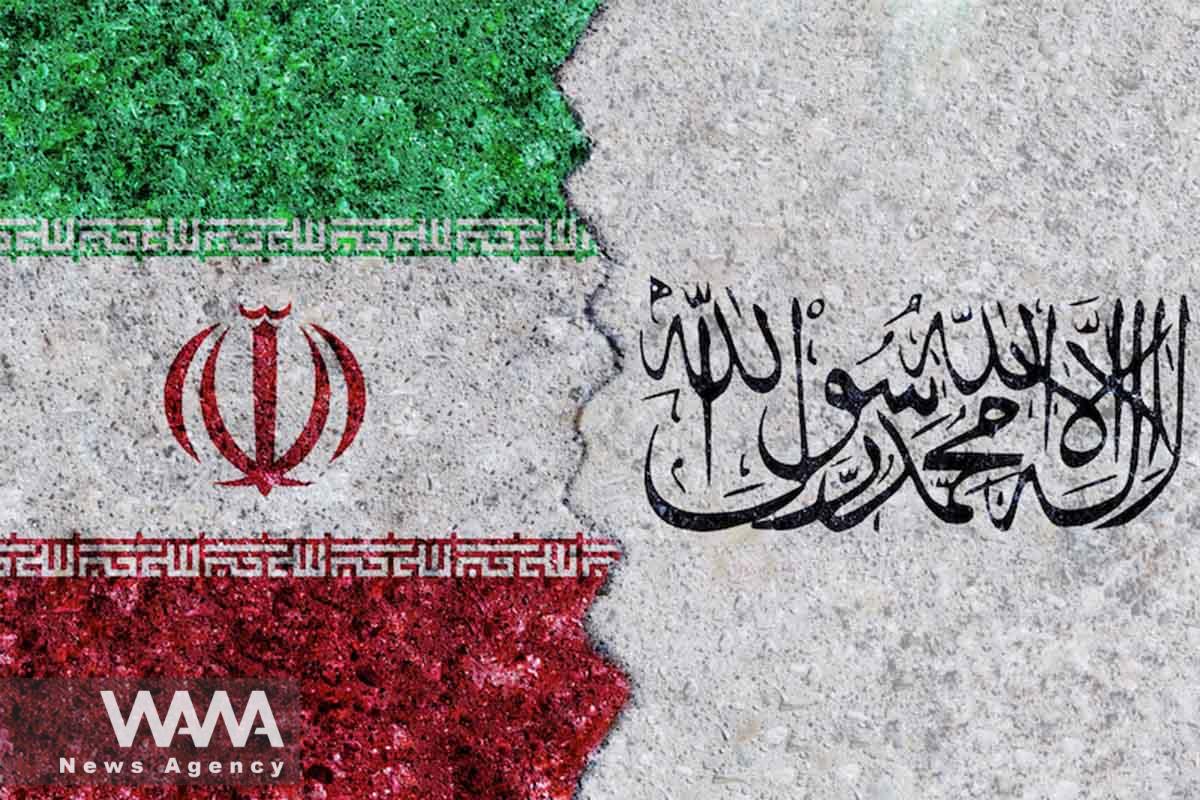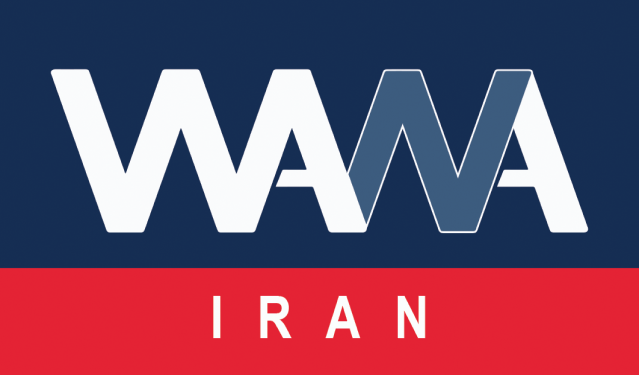Iran’s Exports to Afghanistan: Trade’s Challenges and Opportunities
WANA (Jan 08) – Iran and Afghanistan have always had dynamic trade relations, given their historical, cultural, and geographical similarities. These relations have undergone numerous changes due to both countries’ political, economic, and security developments. In recent years, despite the challenges, Iran’s exports to Afghanistan have improved, and new opportunities have emerged for economic actors.
Growth of Iran’s Exports to Afghanistan in 2024
The Chairman of the Iran-Afghanistan Joint Chamber of Commerce, Mahmoud Siyadat, has announced that From March 20 to June 20 of 2024, Iran’s exports to Afghanistan reached 517 million dollars, reflecting a 31% growth compared to last year.
He also mentioned that the annual average of Iran’s exports to Afghanistan is about 2 billion dollars. This trend shows that improving trade conditions between the two countries has created the capacity to increase Iran’s exports to Afghanistan to as much as 10 billion dollars.
Siyadat emphasized that after the rise of the Taliban, trade with Afghanistan initially declined; however, over time, the relations between the two countries improved with the formation of new trade policies. These changes resulted from joint meetings and efforts to explore new opportunities in the Afghan market.

Iran’s Non-Oil Trade Volume with Neighboring Countries Reaches $32.6 Billion
WANA (Sep 25) – The head of the Islamic Republic of Iran Customs Administration, Mohammad Reza Rezvanifar, announced that the volume of Iran’s non-oil trade with 15 neighbouring countries reached $32.6 billion in the first six months of the current year. Rezvanifar stated that during this period, the total weight of Iran’s non-oil trade […]
Additionally, the Public Relations Office of the Iran Trade Development Organization, Hossein Roustai, reported that Iran’s non-oil exports to Afghanistan From March 20 to September 21 of 2024 exceeded 1 billion and 70 million dollars, reflecting a 31% increase compared to last year.
The Trade Attaché of the Islamic Republic of Iran in Afghanistan stated in an interview that the value of Iran’s non-oil exports to Afghanistan From March 20 to September 21 of 2024, increased by 254 million dollars, with the weight rising by 559,000 tons.
The value of Iran’s non-oil exports to Afghanistan From March 20 to September 21 of 2024 reached 1 billion and 70 million dollars, and the weight reached 2 million and 523 thousand tons. This represents a 28% increase in weight compared to the same period last year.
Main Export Items of Iran to Afghanistan
Iran exports a wide range of goods to Afghanistan. The main export items include food products such as eggs, tomatoes, potatoes, and fruits; building materials like cement, tiles, and ceramics; as well as petroleum products and liquefied gas. In addition, industrial goods such as polyethylene, shoes, and various light and heavy hydrocarbons are also part of Iran’s exports to Afghanistan.
These items have a steady demand due to the high needs of the Afghan market, and Iran, as one of the main suppliers of these products, holds a special position in trade with Afghanistan.

Iran Pursues Water Rights from Afghanistan via Foreign and Energy Ministries
WANA (Jan 06) – A member of the Iranian Parliament’s National Security and Foreign Policy Commission highlighted the recent dam construction by the Taliban on the shared border river between Iran and Afghanistan. He stated that the Ministries of Energy and Foreign Affairs have been tasked with addressing the issue seriously. Fadahossein Maleki referred […]
Trade Challenges Between Iran and Afghanistan
Despite the growth in exports, trade between the two countries continues to face numerous challenges. One of the biggest issues is the repatriation of the foreign exchange earned from exports.
Mohsen Bahrami Arz Aghdas, a member of the Iranian Chamber of Commerce’s board of representatives, pointed out that many transactions within Afghanistan are conducted in rials. This creates issues with currency settlement agreements and complicates the process of repatriating foreign exchange for exporters.
Furthermore, security issues and insufficient infrastructure in Afghanistan have also created obstacles to expanding trade. Bahrami also mentioned the complexities of financial transactions for Afghan traders, who are often forced to act simultaneously as buyers and exporters. This situation makes trade processes more complicated and sometimes illegal.
Recent Developments in Afghanistan’s Trade
According to the spokesperson for Afghanistan’s Ministry of Commerce, in 2024, Iran was the largest exporter of goods to Afghanistan. Other major exporting countries include the United Arab Emirates, Pakistan, China, and Turkmenistan. This position underscores Iran’s critical role in meeting Afghanistan’s essential needs.
On the other hand, Afghanistan’s exports are also growing, with their value reaching 1.8 billion dollars in 2024. Afghanistan exports products such as coal, cotton, and raisins to various countries, including Iran. However, Afghanistan’s export volume in 2024 has decreased by 4% compared to the previous year, while its imports have surged by 38%.

Iran and Afghanistan Discuss Key Rail Projects to Boost Regional Trade
WANA (Nov 20) – During a meeting with the head of Afghanistan’s Railway Administration, Jabar Ali Zakari, CEO of the Islamic Republic of Iran Railways, emphasized the strategic importance of completing the Herat rail corridor on schedule. He noted that the proximity of Iran, Afghanistan, and China makes this route vital for reducing transit costs […]
New Business Opportunities
Afghanistan has undergone fundamental changes and adopted new trade policies. These developments present numerous opportunities for expanding economic relations between the two countries. Iran can leverage these opportunities for joint investments and increased exports.
For instance, Afghanistan’s agricultural and mining sectors hold significant investment potential. Additionally, the development of commercial infrastructure, particularly in the area of transit via the Chabahar port, could facilitate access to the Afghan market.
Solutions to Existing Challenges
To improve trade relations and increase exports, several measures appear to be essential:
- Resolving the Currency Settlement Issue: Developing new financial and banking mechanisms to facilitate financial exchanges between the two countries could help alleviate issues related to currency repatriation.
- Developing Trade Infrastructure: Investing in the establishment of border markets and improving transportation conditions between the two countries would enable increased trade opportunities.
- Expanding Joint Investments: Encouraging the private sector to enter the Afghan market and create joint projects could foster economic synergies.
- Diplomatic and Trade Interactions: Holding regular meetings between officials from both countries to remove obstacles and create new trade opportunities is crucial.












